Advertisements
Advertisements
प्रश्न
In each of the following figures, you find who triangles. Indicate whether the triangles are similar. Give reasons in support of your answer.
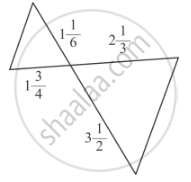
उत्तर
In two triangle, we observe that
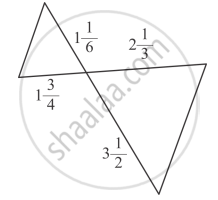
`(3(1)/2)/(1(1)/6)=(2(1)/3)/(1(3)/4)`
`(7/2)/(7/6)=(7/3)/(7/4)`
`7/2xx6/7=7/3xx4/7`
`cancel7/2xx6/cancel7=cancel7/3xx4/cancel7`
`cancel(6)^3/cancel2=4/3`
`3=4/3`
In two triangles corresponding sides are not proportional to each other.
NO two triangles are not similar.
APPEARS IN
संबंधित प्रश्न
A girl of height 90 cm is walking away from the base of a lamp-post at a speed of 1.2m/sec. If the lamp is 3.6 m above the ground, find the length of her shadow after 4 seconds.
In a ΔABC, AD is the bisector of ∠A.
If AB = 10cm, AC = 14cm and BC = 6cm, find BD and DC.
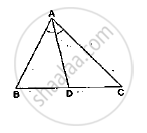
In a ΔABC, AD is the bisector of ∠A.
If AB = 5.6cm, BD = 3.2cm and BC = 6cm, find AC.
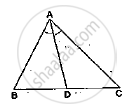
In a ΔABC, AD is the bisector of ∠A.
If AB = 5.6cm, AC = 4cm and DC = 3cm, find BC.

In each of the following figures, you find who triangles. Indicate whether the triangles are similar. Give reasons in support of your answer.

In the adjoining figure, if AD is the bisector of ∠A, what is AC?
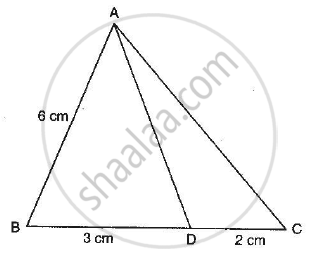
In the given figure, DE || BC and \[AD = \frac{1}{2}BD\]. If BC = 4.5 cm, find DE.
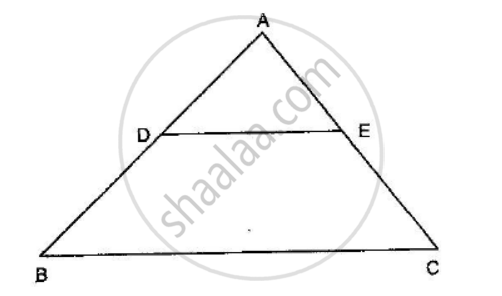
In an equilateral triangle ABC if AD ⊥ BC, then
If E is a point on side CA of an equilateral triangle ABC such that BE ⊥ CA, then AB2 + BC2 + CA2 =
In a right triangle ABC right-angled at B, if P and Q are points on the sides AB and AC respectively, then
